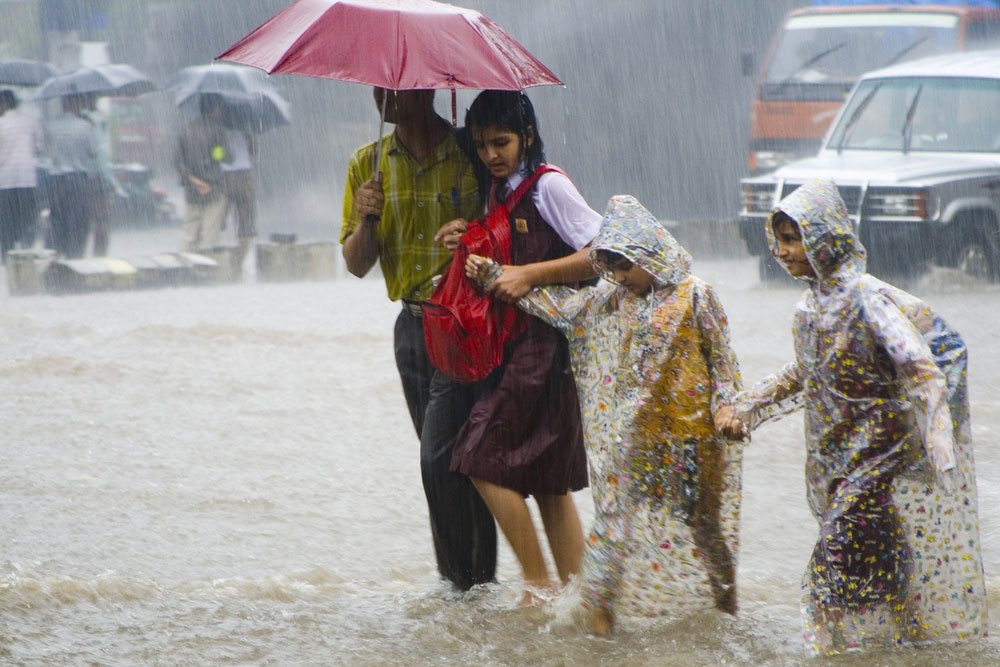Changes in the sea-surface temperatures in the equatorial Atlantic Ocean have gained influence on India’s summer monsoon and could affect the rains the way El Nino of the Pacific Ocean does, studies suggest.
Scientists have found that slight deviations from the average in the equatorial Atlantic sea-surface temperatures — warming or cooling — have had greater impacts on the summer monsoon between 1975 and 2010 compared with earlier decades.
Weather researchers have known for a long time that distant weather parameters called “teleconnections” can influence the performance of the summer monsoon, which accounts for 80 per cent of India’s annual rainfall.
Current monsoon forecasts rely heavily on changes in the equatorial Pacific sea-surface temperatures, also called El Nino and viewed as a major teleconnection. A rise in these sea-surface temperatures raises the risk of drought while a fall increases the likelihood of bountiful rains.
Atmospheric physicist R.S. Ajayamohan and his colleagues at the New York University, Abu Dhabi campus, have now shown that changes in the Atlantic sea-surface temperatures, sometimes called El Nino’s “little brother”, are exerting a stronger effect on the monsoon than before.
“We see a strengthening relationship between the Atlantic Nino and the monsoon. India needs to worry more about El Nino’s ‘little brother’,” said Ajayamohan, a senior scientist at the Centre for Prototype Climate Modelling, NYU, Abu Dhabi.
Ajayamohan and his colleagues examined the relationship between Atlantic sea-surface temperatures and the monsoon over three periods: 1903 to 1938, 1939 to 1974, and 1975 to 2010. They found a significantly greater impact between 1975 and 2010 than earlier. They have just published their findings in the journal Geophysical Research Letters.
Scientists had earlier speculated about the need to give more importance to El Nino’s “little brother” in computer simulations aimed at generating monsoon forecasts. The current forecasts rely mainly on the Pacific sea-surface temperatures and Indian Ocean conditions.
Weather observations coupled with computer simulations suggest that the Atlantic Nino influences the monsoon through atmospheric waves that alter the temperature differences between land and the Indian Ocean.
Warmer Atlantic sea-surface temperatures lead to fewer monsoon depressions and less-than-average rainfall, while cooler sea-surface temperatures lead to more rainfall.
“El Nino has a huge impact on global weather, including the monsoon. But when Pacific sea-surface temperatures are near average, the Atlantic sea-surface temperature signals may be more important than currently presumed,” said Vijay Pottapinjara, a scientist at the Indian National Centre for Ocean Information Services, Hyderabad.
Last year, Ajayamohan had in collaboration with C.T. Sabeerali, a post-doctoral fellow at NYU, Abu Dhabi, and A. Suryachandra Rao, a scientist at the Indian Institute of Tropical Meteorology, Pune, shown that monsoon forecasts could be more accurate if the forecasting models raised the weightage assigned to El Nino’s “little brother”.











